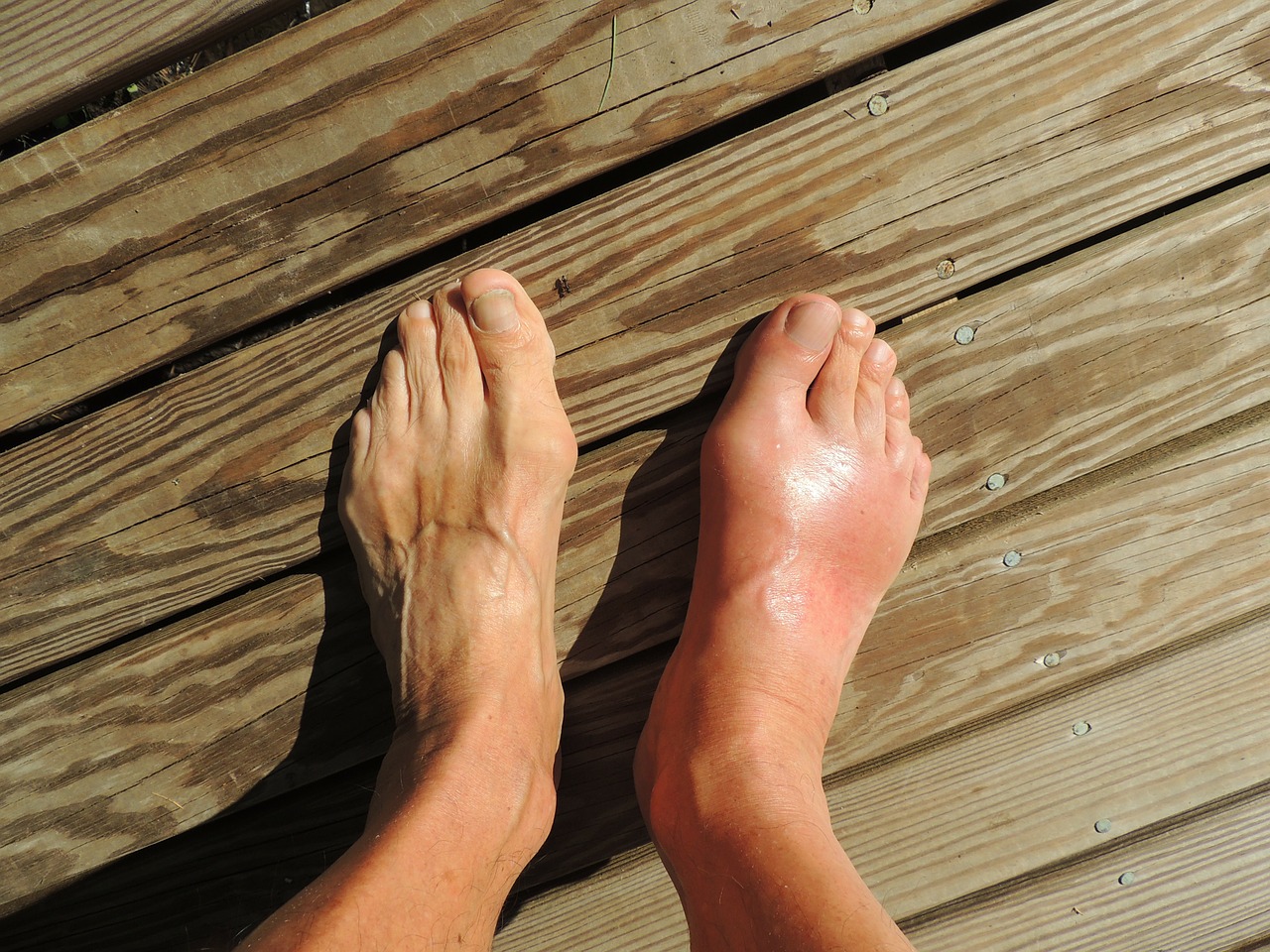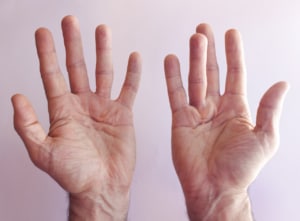3 Winter Hikes in Washington You Don’t Want to Miss
Great Winter Hikes in WashingtonIf cabin fever has you feeling trapped this winter, there’s an easy solution - take up winter hiking! You may think that this sounds ridiculous, but it is a tried and true hobby in Washington, where snow can cover the landscape for months at a time. There are many trails that are open nearly year-round, and we’ve cherry picks the best ones for winter hikes for you!Snow Mountain RanchSnow Mountain Ranch is located in central Washington near Yakima. This 9.2 mile round-trip hike has great mountain views and a stunning variety of wildlife to meet while you hike. It’s also dog friendly, as long as they’re on a leash, and an easy enough hike for kids to come along with you if they’re so inclined.This 1800 acre property was formerly a cattle ranch owned by Elon and Joan Gilbert, and the Cowiche Canyon Conservancy is working to reinvigorate the native plants and animals in the park. You can see a variety of ducks, great horned owls, red tailed hawks and elk that you are able to feed at the top of the mountain. The trail doesn’t require snowshoes, but it could come in handy if the trails are [...]





